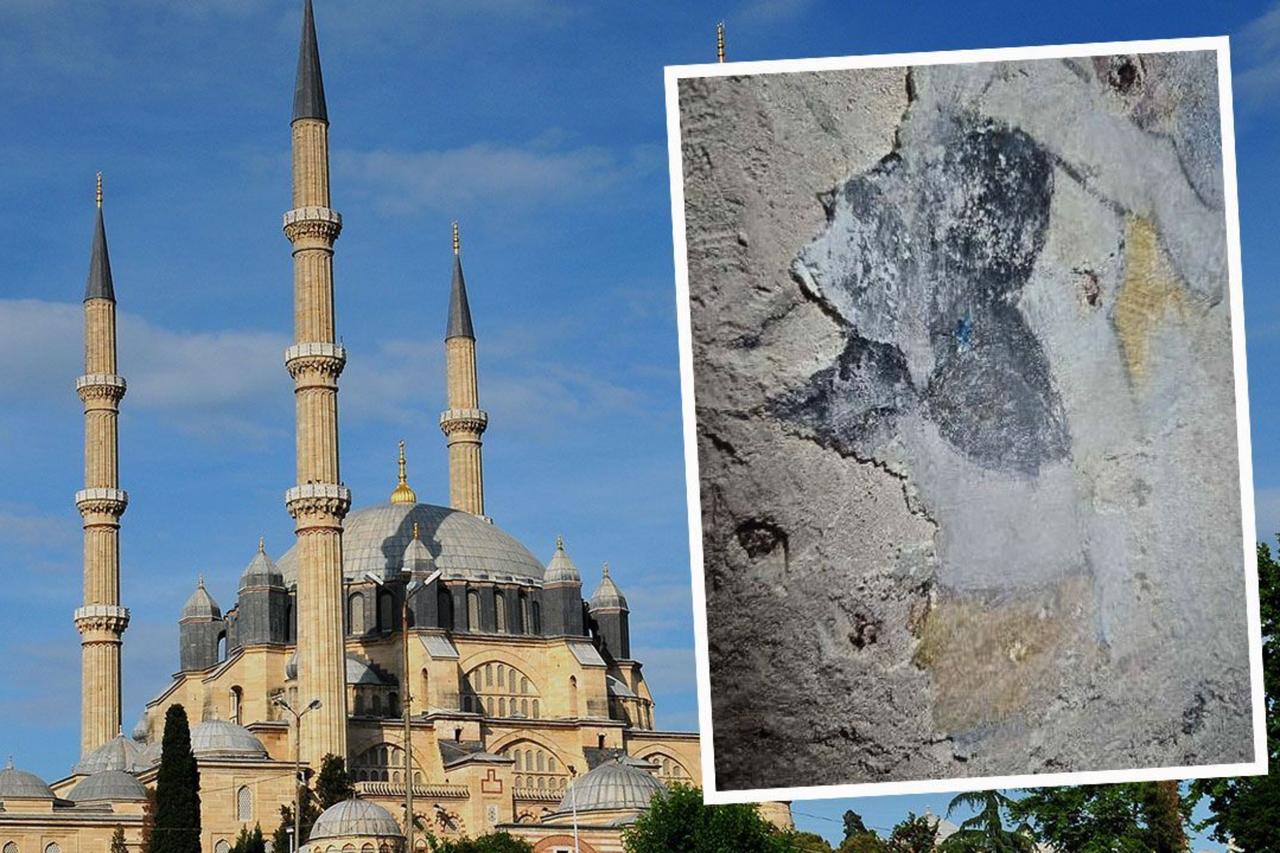
The ongoing restoration of the Selimiye Mosque in Edirne has sparked new debates after it was revealed that four sections of the main dome contain original patterns dating back to the 16th century.
These 450-year-old decorations, discovered during the latest restoration, have been preserved by covering them, dividing experts’ opinions. The original motifs are believed to differ from both the current painted designs and the most recent restoration project.
As discussions over the restoration continue, it has emerged that the main dome of the Selimiye Mosque, designed by Ottoman architect Mimar Sinan, contains original layers from the 16th century. The restitution project—prepared with the claim of “returning to the Sinan era” and proposing to cover 18th-or 19th-century layers—had divided the public and art historians.
Following a lawsuit, the Edirne Administrative Court halted the project, and the Ministry of Culture and Tourism has now submitted a 128-page defense to the court. The plaintiffs are expected to file their response by November 30. After that, a legal decision will be made on the long-disputed restoration process.
While the legal process continues, the idea of preserving historical layers has gained prominence in public discussions. Reports by the preservation board indicate that the mosque’s main dome contains four separate decorative layers believed to date back to its original construction period. Previous restorations covered and preserved these layers before new designs were painted over them.
The surviving 450-year-old fragments feature no calligraphy, only ornamental patterns in blue, black, yellow, and red. Experts note that these motifs resemble neither the current painted decorations nor those in the latest proposed restoration project.
This has raised the question: “Could these layers have been displayed without being covered, as done in some restorations?”
A restoration expert involved in the recent work told Türkiye Gazetesi that the layers do not support claims of a “return to Sinan’s original design.” The expert added, “These layers show that Mimar Sinan implemented a decorative program specific to Edirne. The same colors seen in these layers were used in the current designs.”
He noted that different restoration techniques are used in various projects and that, in this case, covering the layers was considered more appropriate.
In contrast, Semih Irtes, a calligrapher from the Selimiye Mosque Examination and Research Committee, stated, “These layers show that the background of the dome inscription was not blue but black. The question is whether these fragments have truly been preserved in the current restoration.”
The fate of the Selimiye Mosque restoration will be determined once the ongoing legal process concludes.